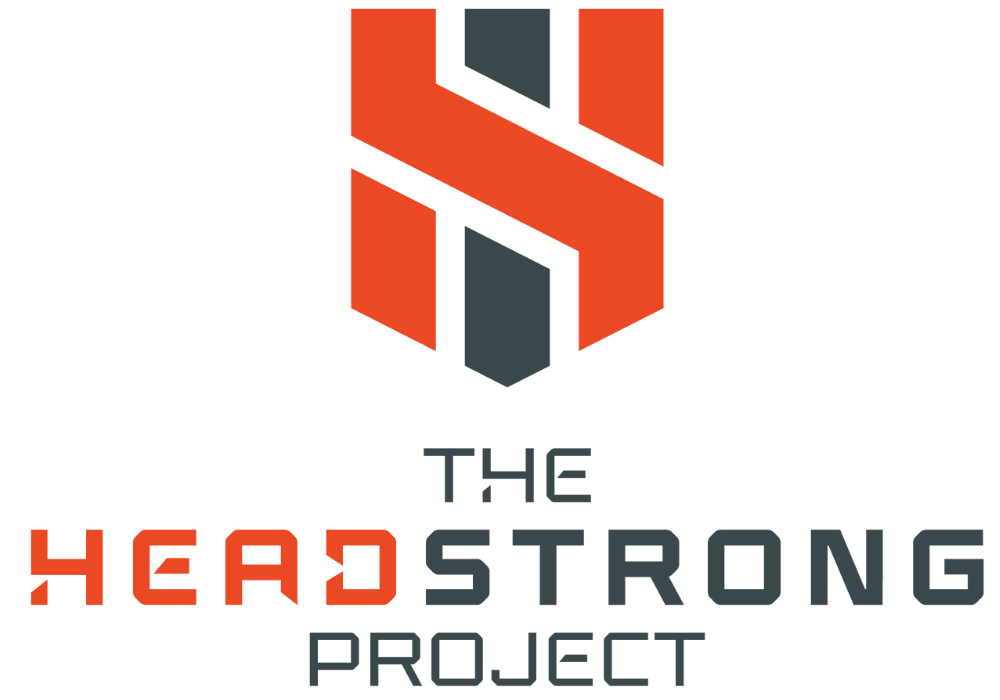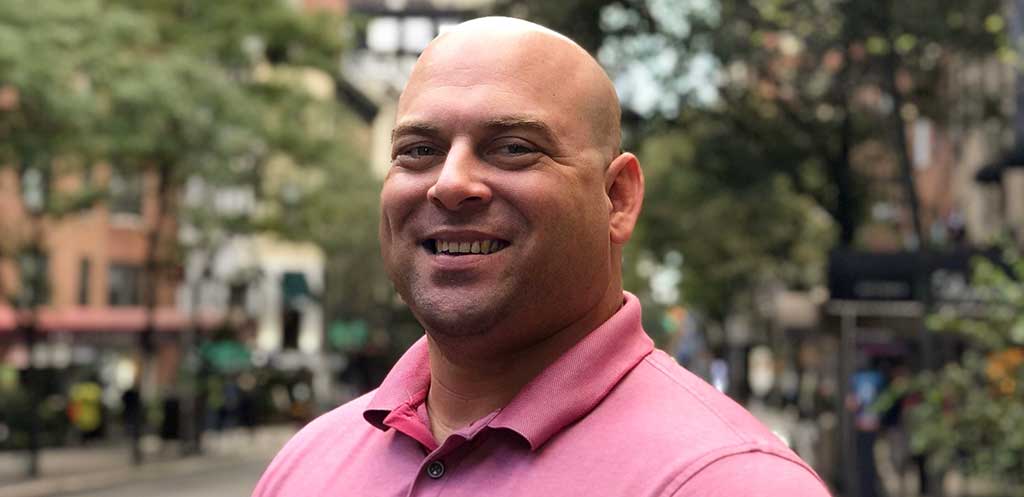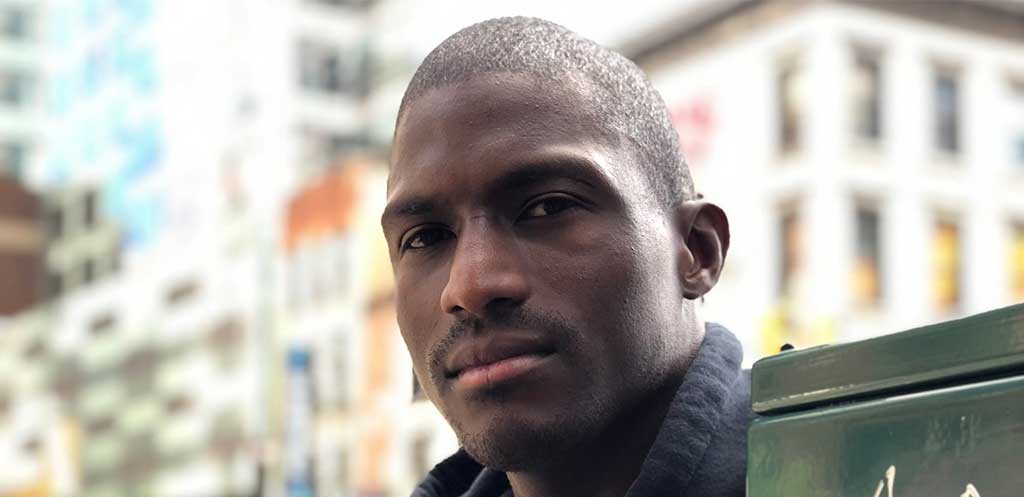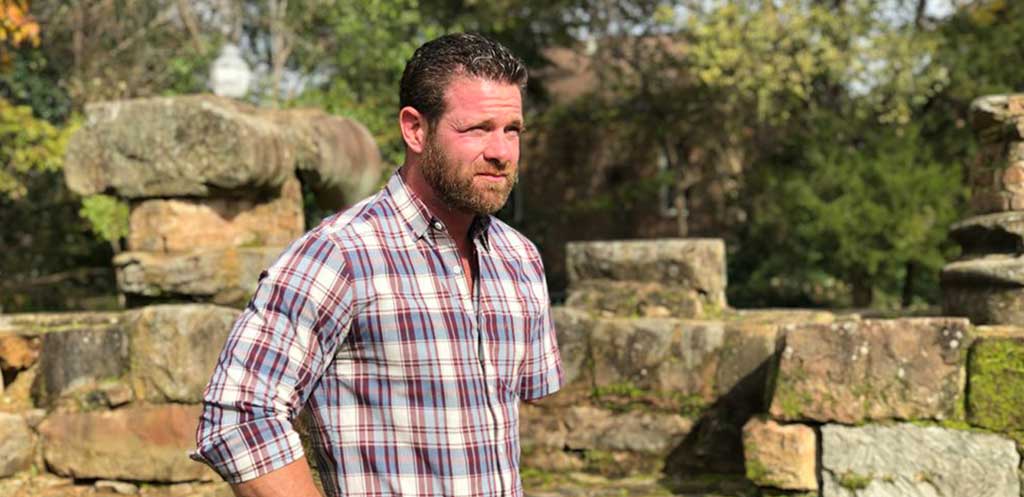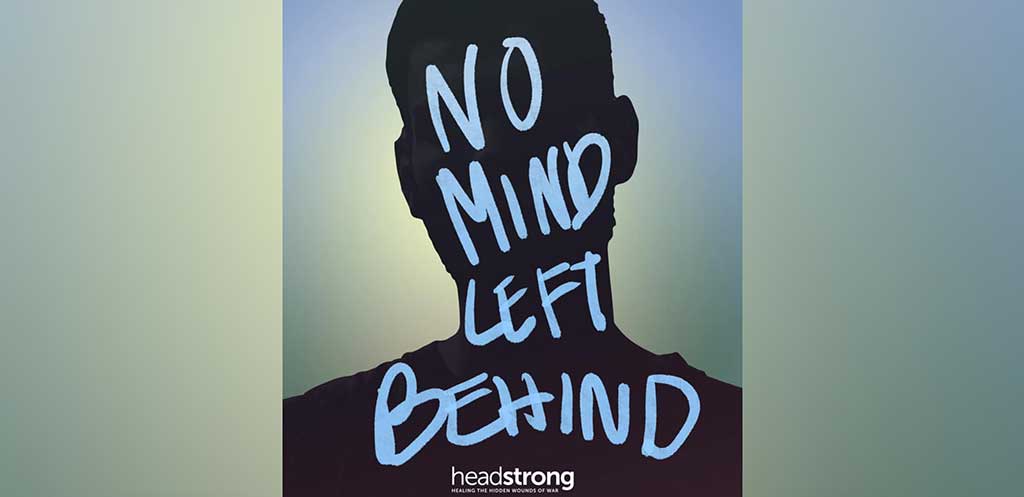Gratitude is one of the most positively impactful states we can experience – It creates a path to two of the most powerful emotions that exist: love and happiness. There is solid evidence behind the practice of gratitude and its effect on our wellbeing. In positive psychology research, gratitude has been consistently linked to increased happiness and is a conduit for cultivating other positive emotions. It has been proven to increase the gray matter in the brain and facilitates the release of “happy hormones” in the body. The more we practice gratitude consistently, the more we rewire the brain and shift its trajectory toward the positive.
Unfortunately, the concept of gratitude often seems to be mistaken for a New Age idea in the realm of “woo-woo” by many, a nice thought that doesn’t really resonate on a deep level and can’t possibly have the impact we are seeking. It is reasonable that people need to understand the “how” of a thing in order to place value in it. We live in a society that values power over empowerment and materialism over nature and intuition. The truth is healing naturally begins when we utilize and cultivate our own internal state of being. By working with the mind-body connection, we gain the ability to participate in our own happiness. If we practice gratitude once or twice and decide it didn’t work, we are doing a great disservice to our own potential. If we develop a daily gratitude practice and stick with it, it can be life changing. We can ‘train the brain” and ultimately, change how we experience our life. This starts with choosing one thought over another (positive over negative, gratitude over judgment) with intention and cultivating the emotional charge (happy versus sad, peace versus shame) connected to that thought. Our emotions can literally be likened to an internal medicine cabinet.
We accept the idea that high stress, trauma and negative thoughts impact us detrimentally. When there is a constant flow of cortisol pumping through us daily due to stress, the effects on our body and mind can be devastating. That is science. That is a fact. So why are we unable to buy into the flipside of that? If our negative emotions can impact us negatively, why can’t positive emotions impact us positively? This question propelled research into the ideas behind positive psychology and gratitude as a science. So, let’s walk through it step by step.
The Practice: Close your eyes and think about someone, someplace or something in your life that you are grateful for. This may be someone who you feel deep connectedness and love for. Or it may be a place where you feel peaceful and safe. It may be a pet. It may be your garden. It could even be the sunshine. Visualize the details – If it is a person, imagine them smiling and happy. If it is someplace or something, visualize the physical details. If other thoughts distract you, refocus each time you notice. Once the thought is solid in your mind, bring your awareness to your heart-center and allow yourself to experience the emotion connected to this thought. Allow yourself to experience deep gratitude for this person, place or thing in your life. Allow any other positive emotions that emerge through this moment of gratitude to surface and be fully felt and experienced. If you feel love, really experience it. Allow happiness to come through and give it space in your heart-center. Notice if it changes the sensation you feel in your heart. Notice how the emotion comes over you and starts to bring a smile to your face or even a tear to your eye. Try to stay in a space of gratitude for 10-15 breaths.
The Science: What’s happening internally as you practice?
First, intentionally bringing a thought to your mind over and over contributes to rewiring the brain. It is exercise for the brain, like training muscles at the gym through repetition. The more you practice, the better the result, and the easier it gets. This is the basis of neuroscience. Through intentionally experiencing the positive emotion connected with the chosen thought, in this instance, something you are grateful for, you begin to release powerful natural chemicals into the system like dopamine and serotonin. Both of which are key neurotransmitters responsible for our emotional states. They are natural antidepressants that can boost our mood immediately upon release. When we experience a constant release of these neurotransmitters through daily gratitude practice, we create possibilities for a better life.
From time to time, I will hear the argument, “I don’t really have anything to be grateful for.” This is common when we are experiencing grief, depression or trauma. But shifting perspective to the subtleties of daily life often reveals that there is always something we can connect with and feel grateful for. … the blue sky, the sun coming out on a gloomy day, a neighbor that always greets you with a smile or simply having food to eat and a warm place to live. The tools we already possess within are so much more powerful than we believe.
